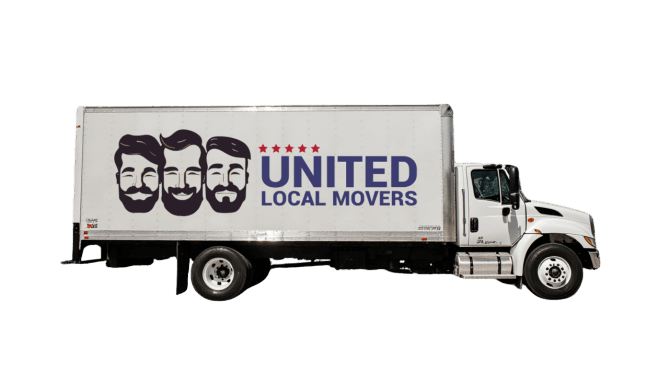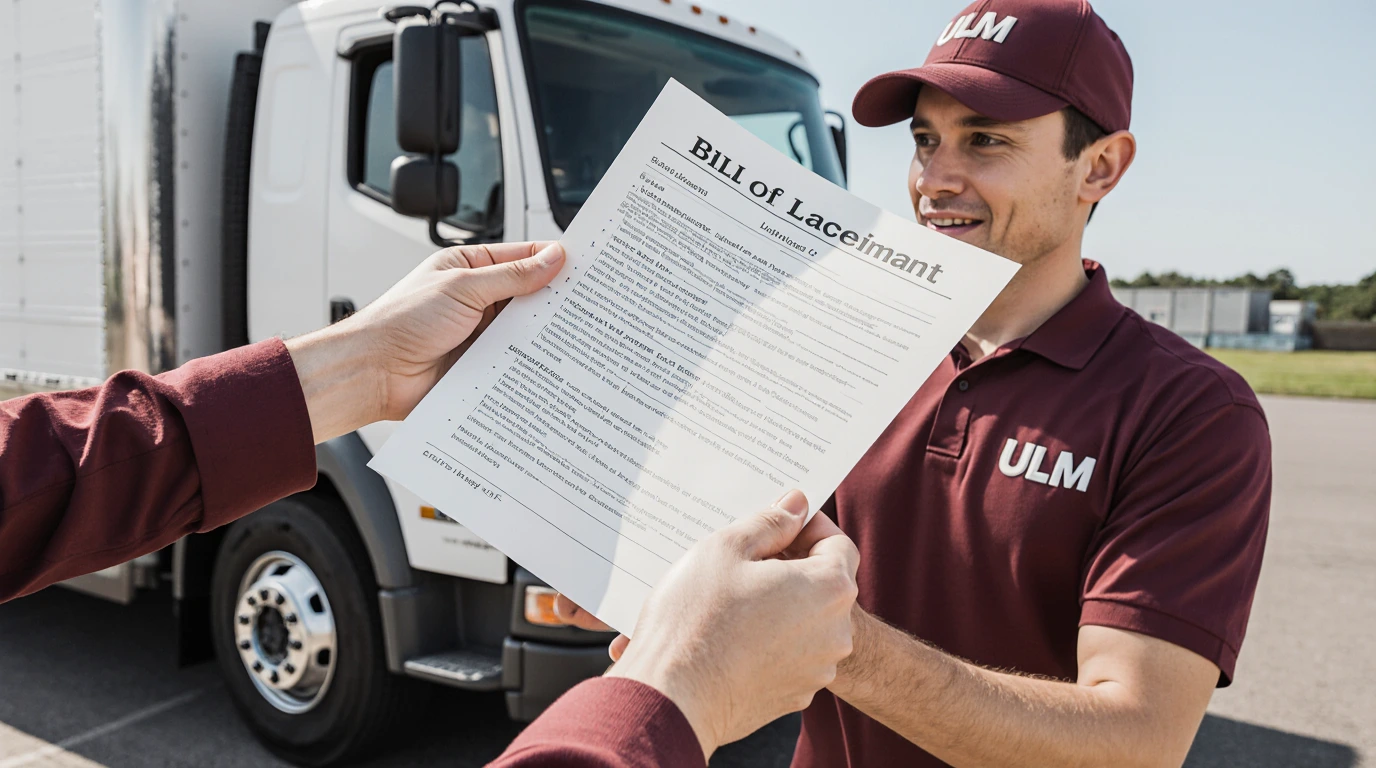When planning a move, most people collect multiple quotes. That’s a smart first step — but here’s the catch: moving estimates are rarely formatted the same way. One quote might look cheaper at first glance, but actually include less. Another might appear expensive but cover everything. The only way to make a truly informed decision is to compare apples to apples — meaning line items must match for a fair evaluation.
This guide will help you break down and compare moving quotes accurately, so you can avoid hidden fees, protect your budget, and confidently choose the mover that fits your needs.
Why Moving Quotes Can Be Misleading
Not all moving companies build their quotes the same way. Some include all services upfront. Others keep costs low at the beginning, then add extra fees later. These differences can make two quotes for the same move look dramatically different — even if the final costs would be similar.
To make a fair comparison, you must understand what’s included, what’s excluded, and how the estimate was calculated (weight, volume, hourly, or flat rate).
Step 1: Start With a Detailed Inventory List
Every fair moving quote begins with the same foundation: a clear and accurate inventory. Whether it’s a one-bedroom apartment or a five-bedroom house, your mover should list every item that will be transported. This is the core of your estimate.
- Room-by-room listing: Furniture, appliances, boxes, and specialty items.
- Measurements and weight: Helps determine truck size and crew needed.
- Access details: Stairs, elevators, or long carries that may affect pricing.
- Special handling: Pianos, artwork, safes, or fragile items that may require crating.
When you collect quotes, make sure each company is working with the same inventory. If one quote includes fewer boxes or omits a couch, of course it will look cheaper — but it won’t reflect reality.
Step 2: Identify the Type of Estimate (Binding vs Non-Binding)
Before comparing prices, check what kind of estimate each company provided:
- Binding estimate: A guaranteed price based on listed inventory.
- Non-binding estimate: An estimate that can change based on actual weight or services.
- Binding not-to-exceed: A guaranteed maximum, with flexibility to go lower.
Two quotes can have similar numbers but completely different risk levels. A slightly higher binding estimate may be safer than a low non-binding one that could increase on moving day.
Step 3: Compare Services Line by Line
Don’t just look at the total price — look at what’s included. A proper comparison involves reviewing each line item carefully. Here are the most common line items you should match across all quotes:
- Transportation (line-haul cost)
- Labor (loading and unloading)
- Packing and unpacking services
- Stairs and elevator fees
- Long carry charges
- Shuttle service (if needed)
- Fuel surcharge
- Insurance or valuation coverage
- Storage (if applicable)
If one quote includes packing and another doesn’t, you’re not comparing the same thing. Ask the company to adjust their quote so the services match.
Step 4: Watch for Accessorial Fees and Surcharges
Many moving companies add accessorial fees for conditions like stairs, tight parking, or long hallways. These charges can add hundreds of dollars to your final bill if they’re not included upfront.
Common hidden charges to look for:
- Stairs: Charged per flight after the first.
- Long carry: If movers have to walk more than 75 feet from truck to door.
- Shuttle fee: If a smaller truck is needed for delivery.
- Fuel surcharge: Usually 5%–15% of the line-haul cost.
- Storage-in-transit: Temporary storage between pickup and delivery.
To compare quotes fairly, confirm whether these potential fees are already included or just estimated. Transparent movers like United Local Movers break these costs down clearly in writing.
Step 5: Review Valuation and Insurance Coverage
Insurance coverage can make a big difference in cost and protection. Some movers only include minimal coverage (released value protection), while others offer full-value protection or allow you to add third-party insurance.
Here’s what to check:
- What’s included in the base price?
- What are the deductible and claim limits?
- Is full-value coverage available and how much does it cost?
A cheaper quote with no coverage may cost you more in the long run if something is damaged or lost.
Step 6: Check Delivery Windows and Service Levels
Not all quotes are equal when it comes to timing. One company may offer a flexible delivery window, while another may charge extra for guaranteed or expedited delivery. That affects both price and peace of mind.
Ask each company:
- What is the expected delivery window?
- Are there options for guaranteed delivery?
- What compensation is offered if the shipment is late?
Faster delivery may justify a slightly higher price if your timeline is strict.
Step 7: Evaluate Reputation and Legitimacy
Even if two quotes look similar, the companies behind them may not be equally trustworthy. Always verify:
- USDOT and MC numbers on FMCSA.
- Complaint history and customer reviews.
- Business address, branding, and contact information.
- Whether they’re a carrier or a broker.
A slightly higher quote from a reputable, licensed mover is almost always safer than the cheapest option with unclear credentials.
Step 8: Normalize All Quotes Before Making a Decision
Once you’ve gathered your quotes and broken them down, normalize them — meaning ensure they’re based on the same inventory, services, and delivery expectations. If one company didn’t include something, ask them to revise the quote so everything lines up for an apples-to-apples comparison.
Then you can confidently compare pricing, service levels, and trustworthiness side by side.
Why the Lowest Price Isn’t Always the Best Choice
It’s tempting to grab the cheapest quote — but that’s often where people run into trouble. Rogue movers frequently lure customers with lowball estimates, then inflate the price once your items are on the truck. Transparent companies may quote higher upfront because they include everything honestly from the start.
The real value is in trust, transparency, and reliability — not just numbers on a page.
Making Your Final Decision With Confidence
Comparing quotes fairly isn’t about finding the lowest number. It’s about matching services, understanding hidden costs, and choosing a company you can rely on. When every line item aligns, you’ll see which mover truly offers the best value.
With United Local Movers, your relocation becomes safer, faster, and stress-free. We provide transparent, itemized estimates with no hidden surprises — so what you see is exactly what you get.





